Australian fruits showcase the country’s diverse climate and rich soil, packed with diverse flavors and textures. There are 18 types of fruits here, categorized into 2 main groups: native and popular.
Australia’s native fruits, such as finger lime, kakadu plum, quandong, and bush tomato, are important foods in Indigenous Australians’ diets. On the other hand, popular fruits like apples, bananas, oranges, and strawberries are widely enjoyed across the country.
These fruits not only provide essential vitamins and minerals but also add vibrant colors and flavors to dishes and drinks. Beyond fruits, Australia also offers other natural products, like vegetables, herbs, and nuts.
Wait no longer! Keep scrolling down the page to explore!
18 Native and Popular Fruits in Australia
Here are 18 fruits in Australia, including native and popular choices! Discover perfect options for dishes, drinks, or garnish!
Riberry
- Australia
- Berry
Riberry, or Lilly Pilly, is a native and national Australian fruit. These small, vibrant red berries grow on the Syzygium luehmannii tree, commonly found in the rainforests of eastern Australia.
Riberries have a distinctive tart, cranberry-like taste with a hint of clove and cinnamon. Their smooth, glossy, pink-to-red skin and firm, juicy flesh provide a delightful texture.
Riberries also have historical significance and traditional uses among Indigenous Australian communities. They were often consumed fresh or used in bush tucker recipes. Today, they’re a popular ingredient in sauces, desserts, jams, and even infused into spirits.
Kakadu Plum
- Drupe/stone Fruit
Kakadu plum is a small, green fruit that grows in the wild regions of Northern Australia. This fruit is important in Indigenous Australian diets.
These fruits have a tart flavor and high vitamin C, even greater than oranges’. They are often used in sauces, jams, and desserts.
Kakadu plums are a superfood celebrated for their high antioxidants and medicinal properties.
Finger Lime
- Citrus
Finger lime is a unique native fruit of Australia, often referred to as “citrus caviar” due to its caviar-like texture. Finger lime belongs to the Rutaceae family and is found in Queensland and New South Wales wild rainforests.
The fruit is slender and elongated, resembling a finger, which gives it its name. Its skin can vary from green to red, while the juicy, pearl-like flesh inside can range from pale yellow to vibrant pink.
Finger limes have a tart, tangy flavor with a hint of lemon and lime. They are particularly famous in gourmet cuisine and are used as a garnish for seafood dishes, salads, and desserts.
Quandong
- Drupe/stone Fruit
Quandong is a red fruit with a tart flavor, thriving in Australia’s arid and semi-arid regions. Indigenous Australians have consumed quandongs for thousands of years, not only as a food source but also for their medicinal properties.
The fruit is about the size of a small plum. Their bright red flesh is often used in jams, sauces, pies, and even beverages in traditional and contemporary Australian cuisine.
Davidson Plum
- Berry
Davidson plum is a fruit renowned for its deep purple skin and red flesh that grows in the rainforests of Queensland and New South Wales.
Harvested mainly in the summer, Davidson plums are a seasonal treat used by Indigenous Australians. The fruit is about the size of a small apple. It has a tart, tangy flavor and is commonly used in jams, sauces, and desserts.
Bush Tomato
- Berry
Bush tomato, aka desert raisin or kutjera, is a native Australian fruit from the Solanaceae family. They are small and round with an orange-red color when ripe.
The fruit’s flavor is strong and slightly tangy, with a hint of sweetness and an earthy undertone. They are a valued ingredient in traditional Aboriginal cuisine and modern Australian dishes, such as sauces, chutneys, and relishes.
Desert Lime
- Citrus
Desert lime is a small, green fruit that thrives in the arid regions of Australia, particularly in Queensland, New South Wales, and South Australia. Like other native fruits above, this lime variety is deeply rooted in Indigenous Australian cuisine.
Desert lime has an intense citrusy taste with a slightly sweet undertone that locals use to make sauces, marmalades, desserts, and infused beverages, especially in gourmet dishes in contemporary Australian cuisine.
People also use it in preserves and as a flavor enhancer. The fruit is typically harvested in late summer to early autumn.
Muntries
- Berry
Muntries, also known as emu apples, are small, berry-like fruits native to the southern coast of Australia.
Muntries are typically deep red to purple in color, with glossy skin that covers juicy, firm flesh. These berries are known for their sweet, spicy flavor, reminiscent of a mix of blueberries and spicy apples.
They can be eaten fresh, dried, or used in desserts, sauces, and jams. Muntries are often incorporated into beverages such as juices and wines in the native Australian style.
Macadamia Nut
- Nut And Seed
Botanically speaking, macadamia nut is a fruit grown on evergreen trees in Queensland and New South Wales. The nuts are encased in a hard, woody shell and covered by a green husk.
Macadamia nut is loved for its buttery flavor and smooth, creamy texture. It adds crunch to salads, baked goods, and desserts, and their rich flavor complements seafood and meat dishes.
Macadamias contain healthy monounsaturated fats, protein, and dietary fiber, making them a delicious snack and a nutritious addition to various dishes. No doubt, it’s one of Australia’s most famous exports, contributing approximately 50% of the global supply.
Banana
- Central African Republic
- Cyprus
- Egypt
- Berry
You can buy bananas across Australia all year round, though these fruits are predominantly grown in Queensland and New South Wales, where the subtropical climate provides ideal conditions for their cultivation.
Like other countries’ bananas, Australian bananas have a vibrant yellow hue and sweet, creamy flavor. It’s commonly enjoyed fresh or used in banana bread, pancakes, salads, desserts, and smoothies.
They are rich in essential nutrients, including potassium, vitamin B6, and vitamin C, making them a healthy snack.
Apple
- Pome Fruit
Apple is a significant fruit in many Australian orchards, particularly in regions like Tasmania, Victoria, and New South Wales. These apples come in various types, such as Granny Smith, Pink Lady, and Fuji.
They are typically round, with colors ranging from vibrant reds and greens to yellows. Apples are crisp and juicy, perfect for snacking, baking, and cooking. The taste varies from sweet to tart, allowing you to make different kinds of desserts, like apple pie, crumbles, and tarts.
Apples also shine in savory dishes, complementing pork and chicken with their natural acidity. Additionally, they are a popular choice for fresh juices and cider, offering a nutritious and delicious drink option.
Orange
- Citrus
Orange is a widely cherished fruit in Australia, primarily grown in regions such as New South Wales and Queensland. They are available year-round, with peak seasons during winter and spring.
Australian orange has a vibrant orange color with a sweet-and-sour taste. Their juicy, refreshing nature enables them to be enjoyed as snacks or in marinades, dressings, desserts, and salads. Oranges also pair well with seafood, such as grilled fish or prawn dishes.
Additionally, oranges are a favorite ingredient in beverages, from freshly squeezed juice to cocktails and mocktails.
Grape
- Berry
Native to Mediterranean regions, grapes grow well in Australia’s sunny climate, particularly in regions like South Australia and Victoria. These small, round fruits come in various colors, including green, red, and purple.
Known for their refreshing taste, grapes are a staple in Australian cuisine, often enjoyed fresh, in salads, desserts, or as a key ingredient in wines. They are also a common ingredient to produce raisins, juices, and jellies.
Australian grapes are primarily harvested from November to May, making them a popular summer and autumn fruit in the country.
Strawberry
- Aggregate Fruit
In Australia, strawberries are another below fruit thanks to its bright red color, juicy texture, and sweet flavor.
They are commonly enjoyed fresh, added to smoothies, or incorporated into baked goods like cakes and tarts. It’s a staple in many traditional Australian desserts, such as pavlova and trifle. Strawberries also pair well with other fruits in tropical salads as a drink garnish.
Mango
- Drupe/stone Fruit
Originating from South Asia, mangoes are grown in Australia’s warm climates, like in Queensland and the Northern Territory. They are available in varieties like Kensington Pride, Calypso, and R2E2.
Similar to regular mangoes, Australian mangoes are typically oval or round, with smooth, green-to-yellow skin that often blushes red when ripe. The flesh is rich, aromatic, and fiber-free, with sweetness and tanginess.
Mangoes are best eaten fresh, but they are also used in desserts like mango pavlova, sorbets, and smoothies in this country. Mangoes also pair well with seafood, chicken, and salads.
Avocado
- Berry
Avocado is a favorite in Australian kitchens, particularly the Hass variety, renowned for its creamy texture and rich buttery flavor.
They are a prominent feature in everyday meals in Australia, like simple salads, breakfast dishes, and smashed avocado on toast. Their creamy consistency matches well with seafood, such as prawns or salmon.
Available year-round, with peak seasons in spring and summer, this versatile fruit provides various health benefits, including promoting heart health and supporting weight management.
Blueberry
- Berry
Blueberries are small, round berries with a blue color and juicy texture. Grown primarily in the cooler climates of New South Wales, Victoria, and Tasmania, Australian blueberries thrive during the spring and summer months.
From breakfast cereals and smoothies to desserts and salads, blueberries’ flavor and nutritional value make them a common choice in locals’ diets.
Overall, blueberries are often hailed as a superfood, contributing to their high demand in the Australian fruit market.
Pineapple
- Multiple Fruit
In Queensland’s warm and tropical regions, pineapples flourish and become a popular choice in many Australian homes. The fruit has a sweet and tart flavor with an eye-catching golden flesh.
This spiky yet juicy fruit, whether enjoyed fresh or cooked, surely enhances the flavor of salads, marinades, desserts, and beverages.
About its nutrients, pineapple contains vitamins C and bromelain, an enzyme that aids digestion.
Other Popular Fruits Grown in Australia
With below widely-eaten Australian fruits, you’ll learn about their flavors, culinary uses, and fascinating facts, like health benefits.
What Are Other Australian Fresh Produce?
Besides fruits, Australia’s fresh produce like vegetables, herbs, and nuts are diverse with these most notable options:
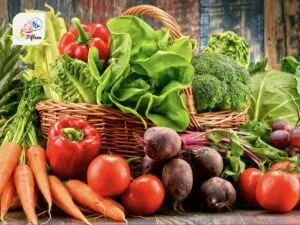
Vegetables
Vegetables in Australia are abundant and diverse, with a wide range of options available year-round, including broccoli, carrots, potatoes, and pumpkins. Leafy greens like spinach, kale, and lettuce are also popular, along with more unique offerings like native bush tomatoes and Asian greens like bok choy.
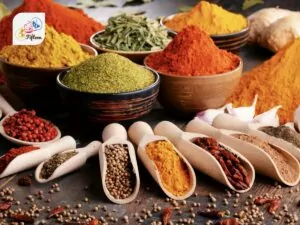
Herbs
Fresh herbs, like basil, parsley, cilantro (coriander), rosemary, and thyme, are an essential part of Australian cuisine.
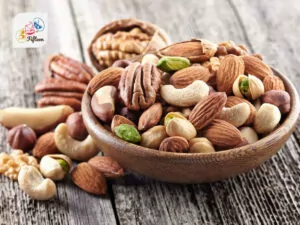
Nuts
Australia is renowned for its macadamia nuts native to the region. Other nuts, such as almonds and walnuts, are also cultivated.
Australian fruits offer a delightful taste of the country’s flavors. So, what are your favorites? Please share your thoughts in the comments or like this post and share it with others!


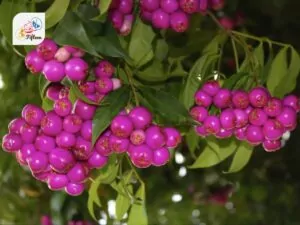
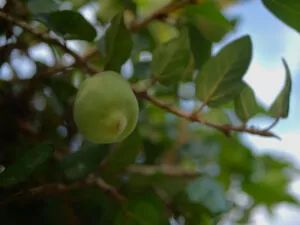
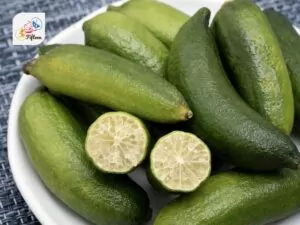
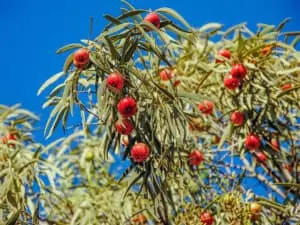
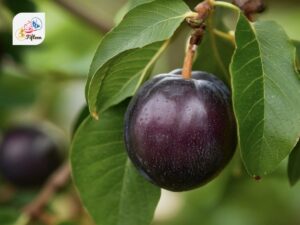
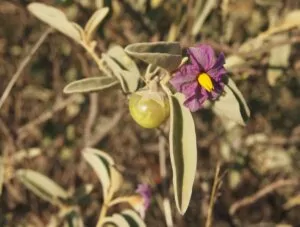
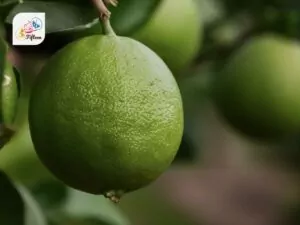
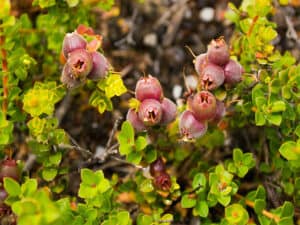
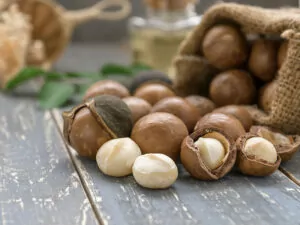
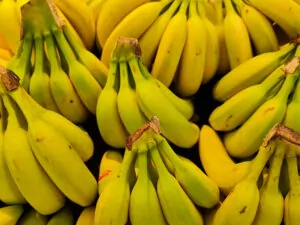
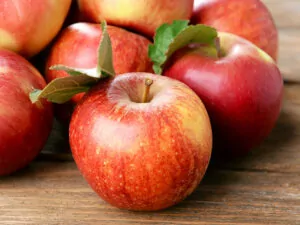
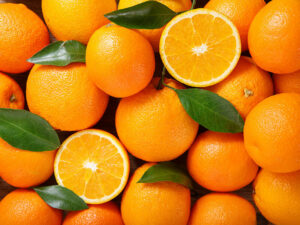
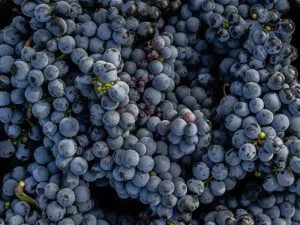
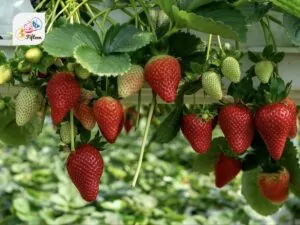
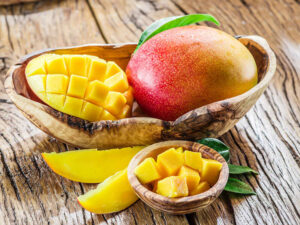
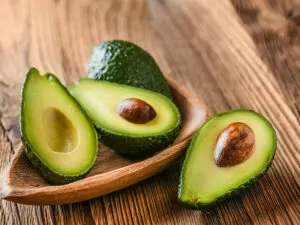
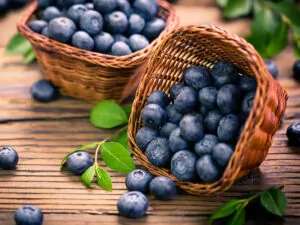

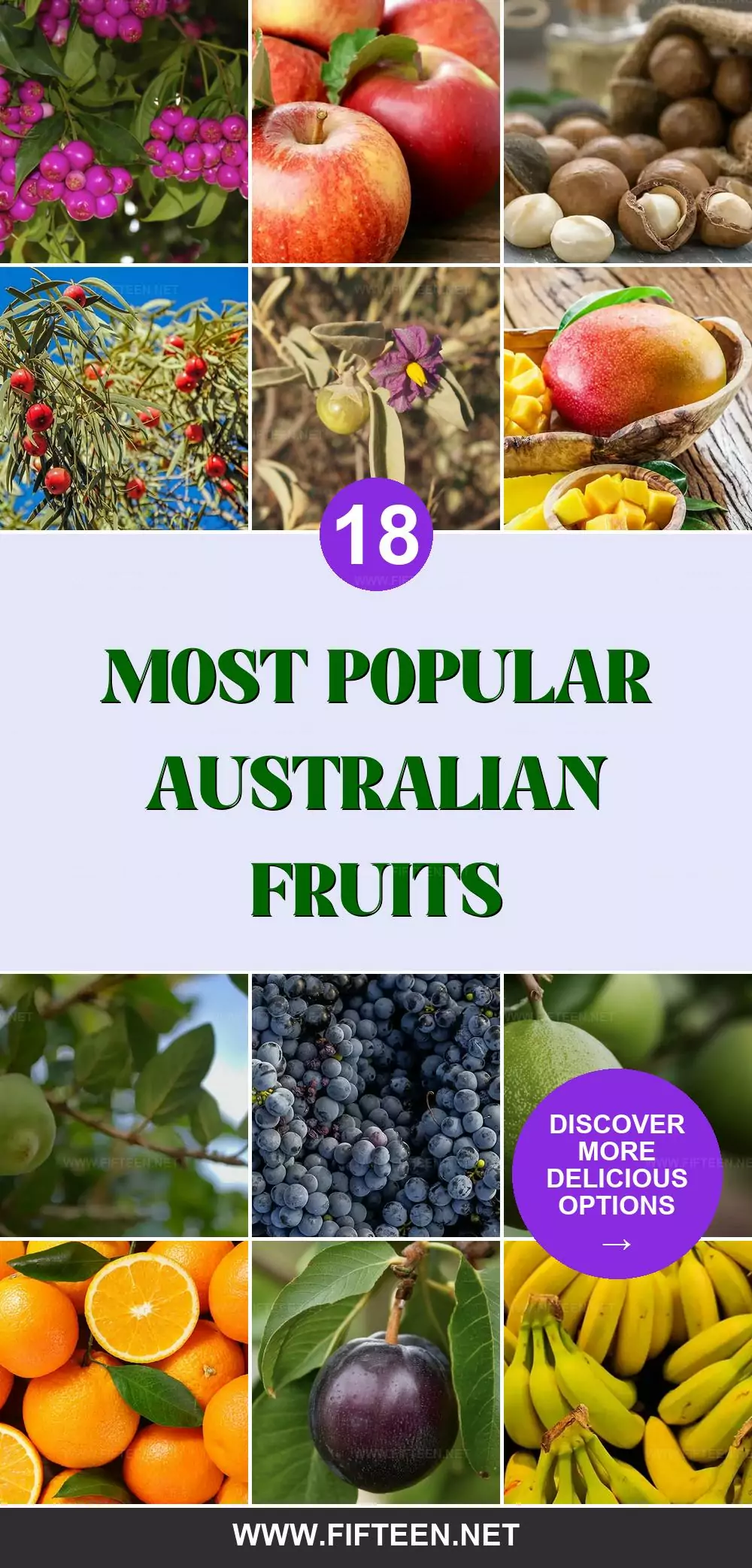
Jamie Scott
Editor in Chief, Senior Content Writer
Expertise
Home Cooking, Meal Planning, Recipe Development, Baking and Pastry, Food Editor, Cooking-video Maker, Western Food Evaluation Expert
Education
Le Cordon Bleu College of Culinary Arts
Local Community College, New York, NY
Jamie Scott is a skilled culinary expert and content creator specializing in Western cuisine. With over 15 years in the culinary field and formal training from Le Cordon Bleu, Paris, Jamie deeply understands how to blend nutrition with delicious flavors. His passion for cooking matches his commitment to making healthy eating accessible and enjoyable.
On Fifteen.net, Jamie brings a fresh perspective to classic dishes and beverages, offering readers insightful recipes, cooking tips, and a fresh view on meal planning that emphasizes taste, health, and simplicity.